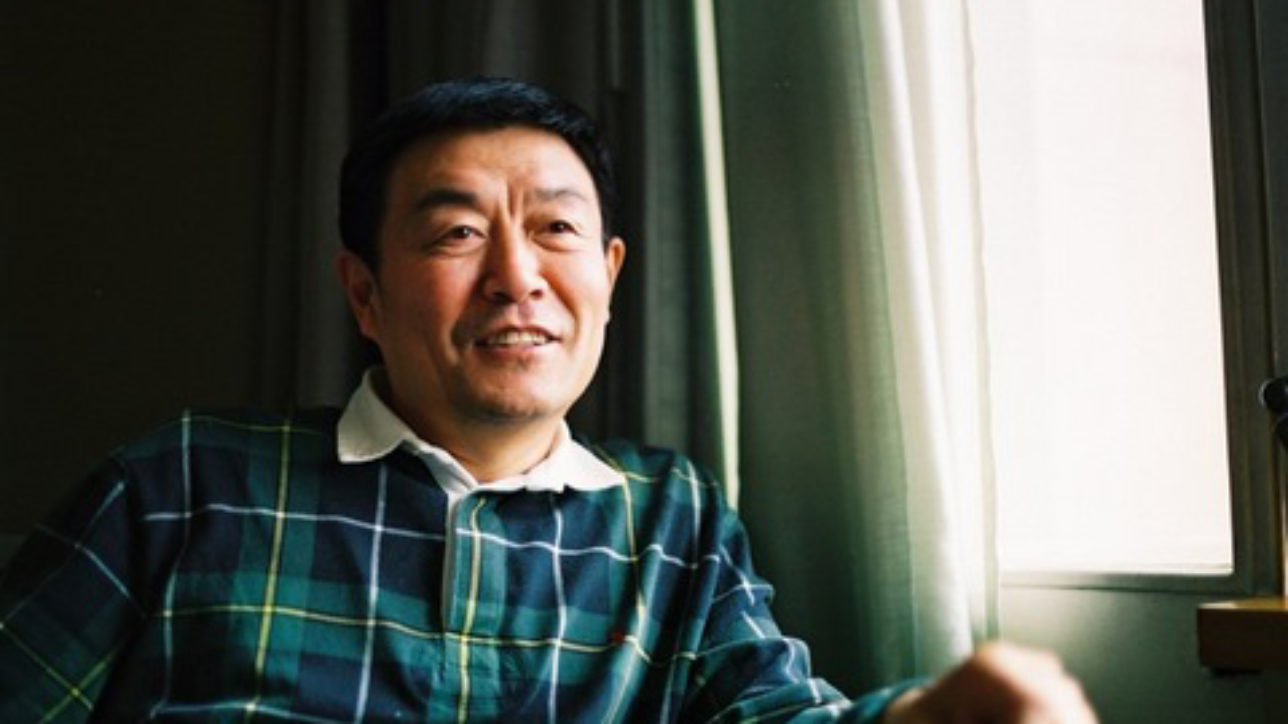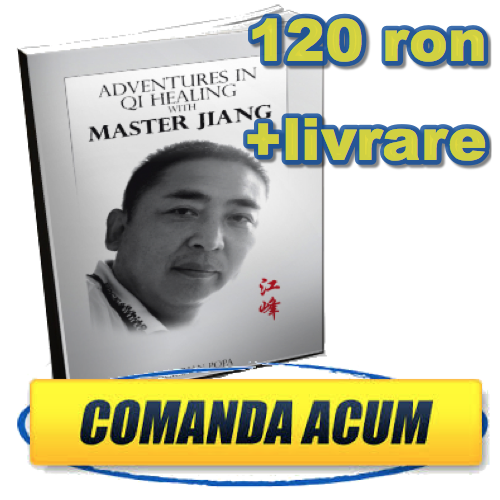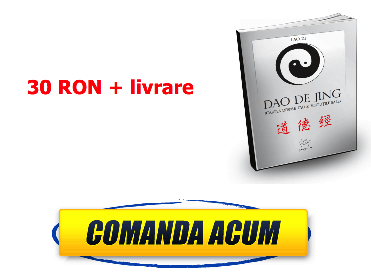From a talk by Wang Liping
Written by Hu Qiao
Translated by Nathan Brine
Vom traduce acest articol în curând și în românește.
(Nota traducătorului: având în vedere impactul noului coronavirus, maestrul Wang Liping dorește să împărtășeacă lumii câteva aspecte din înțelepciunea Daoistă pentru a ne ajuta să ne menținem sănătatea)
Tratatul clasic de medicină internă al Împăratului Galben abordează atât medicina bazată pe fiziologia corpului uman (microcosmos) cât și medicina bazată pe investigarea științifică a relației dintre cosmos și oameni (macrocosmos).
Legat de macrocosmos, Tratatul clasic de medicină internă al Împăratului Galben abordează modalitatea prin care oamenii își pot menține sănătatea (calitatea vieții) dar și longevitatea (cantitatea vieții) prin înțelegerea corectă a timpului și a spațiului optim pentru întreprinde anumite acțiuni precum și a relației dintre oameni și lucruri (mediu).
Dacă tulburările externe, ca vântul și răceala, penetrează interiorul corpului, acesta poate trece prin mici ajustări cu evitarea completă a îmbolnăvirii.
Tratatul clasic de medicină internă al Împăratului Galben acordă în particular și acțiunile ce pot fi întreprinse de către o persoană care deja s-a îmbolnăvit. Conceptul Succesiunii Vieții în Corp (人體生命之續 renti shengming zhi xu) reprezintă un concept important rezultat din cercetarea medicală asupra funcțiilor organelor. Succesiunea Vieții în Corp se referă la procesele energetice asociate corpului. În vechime, după vindecarea completă a unei boli severe sau după eradicarea unei epidemii, rămânea problema reechilibrării acestei „secvențe” numită Succesiunea Vieții în Corp. Indiferent dacă persoana mai era sau nu bolnavă, problema urmărilor acelei boli rămânea. Mintea și corpul, meridianele și canalele energetice precum și organele interne, toate, sunt afectate într-un grad mai mic sau mai mare. În acest caz se indică practici asociate celor patru stagii necesare atât reechilibrării complexului minte-corp (peisajul intern psiho-anatomic) cât și a readucerii la starea normală a Succesiunii Vieții în Corp (fiziologie, funcții, energie).
Cele Patru Stagii ale Restaurării Sănătății
- Reechilibrare (調整 tiaozheng)
- Condiționare (調理 tiaoli)
- Reparare (修復 xiufu)
- Reabilitare (康復 kangfu)
In the rebalance stage, we follow the cycles of heaven and earth to rebalance daily life. We use the outer world, such as medicine and food etc., to rebalance internal energetic function (jing-qi, blood-qi etc.). Gradually, the Body’s Order is restored.
In the condition stage, the emphasis is on rebalancing a person’s mental state and mood.
In the repair stage, the focus is on repairing the harm done to the internal organs and energy system. At this time, The Body’s Order has already been restored to normal, but because of experiencing an epidemic, a person’s whole body will be weak, thus we will need to repair each internal organ one by one.
In the rehabilitation stage, people can work to recover the body by doing baduanjin, tendon changing practice, tai chi etc. to nourish vitality and return to full health.
During the repair stage we must make our body’s jing-qi (vital energy) full, and bring the blood-qi back to normal. At this time we must use the yi jing bian qi 移精變炁 (Move Jing to Change into Qi) method. Yi jing bian qi is an ancient method using yinian (意念 intention/awareness), yishi (意識 consciousness), and shenyi (神意 energy of our spirit and intention together) to move the jing-qi and blood-qi to rebalance the energy channels, internal organs, and surface of the skin etc. Thereby returning the disarray of the body’s energy system back into a state of ordered homeostasis.
In the old days, yi jing bian qi was divided into three stages:
- Use yinian to regulate the movement of the torso and four limbs to replenish jing-qi, to bring us back to normal in terms of daily activity.
- Use yinian and yishi to rebalance breathing and the movement of the torso and four limbs, allowing jing-qi and blood-qi to flow unobstructed. This will soften the breathing, still the mind, and relax the body.
- Use yinian, yishi, and shenyi to regulate the movement of jing-qi and blood-qi in our body. By using our yishi to regulate our qi, we will restore internal organ function, open energy channels, and allow the body’s entire energy system to run smoothly. This process reestablishes the Body’s Order of Life.
Yi jing bian qi has many techniques. Initially we recommend a Taoist technique to rebalance the upper and lower parts of the torso, what medical practitioners call the upper and lower burners. There are four methods to rebalance the upper and lower burners: standing posture, stool-sitting posture, cross-legged sitting posture, and moving posture. How to do the three static postures (including how to use the yishi, yinian, shenqi, and shenyi) are all the same. For now, let’s discuss the three static postures.
Standing Posture
Use the wuji standing post posture. Stand naturally, feet shoulder width apart or a bit wider, both arms hanging naturally at our side with shoulders, arms, elbows, and wrists all relaxed, palms facing inwards, spine straight, chest relaxed, the two kua 胯 (two insides of the groin area) relaxed, two knees bent slightly, and two feet firmly planted on ground.
Stool-Sitting Posture
Sit on a stool with two feet naturally hanging down or touching the ground. Fingers naturally open, palms facing down, lightly placed on top of knees. This hand posture is called “Peaceful Form.”
Cross-legged Sitting Posture
Sit on a cushion or floor with legs crossed in front. Palms of both hands facing down on our knees. Relax whole body.
After settling into our chosen posture, use both eyes to look straight ahead, look afar, the farther the better. Put yinian in the distance. Slowly bring the light of our spirit (神光 shenguang) from the horizon back to between our eyebrows. Slowly close our eyes.
First, become still. Put yinian on our breathing. Make our breathing fine, even, and long. Inhale and exhale evenly. Slowly let our physical body relax. Let our heart beat more calmly.
PRACTICE
Regulate Upper Burner
1.
Breathe In
Take a deep breath with our nose. Put yinian in our chest cavity and lungs. As we breathe in contract tightly. Let the qi reach the chest cavity and lungs (this is called Qi Fills the Metal Chamber). Breathe in until we cannot breathe in anymore. Do our best to also tightly contract the ribs.
Hold Breath
Now, do not breathe. While holding our breath, use yinian to expand the ribs, chest cavity, and lungs forcefully, at the same time let the spine become straight and centred. Hold it for a bit.
Breathe Out
Slowly exhale through nose (or nose and mouth together). As we exhale relax ribs, chest cavity, lungs, spine and whole body. Completely expel the old air from the lungs.
2.
Breathe In
Again, take a deep breath with our nose, use yinian and yishi to tightly contract the chest cavity and lungs. Do our best to fully inhale, filling the tips and lower parts of the lungs.
Hold Breath
Do not breathe. While holding our breath, figure out how to use yinian and yishi to expand our lungs, ribs, and chest cavity forcefully, and slowly extend the spine upwards. Hold it for a bit.
Breathe out
Slowly exhale through nose (or nose and mouth together), and completely expel the old air.
3.
Breathe In
Use yinian and yishi to breathe into our lungs, lungs contract at same time. Then breathe in again, and again contract lungs tightly, until we cannot inhale anymore.
Hold Breath
Do not breath. As we hold our breath use yinian, yishi, and shenyi to expand our lungs, chest cavity, and ribs. Figure out who to let the chest cavity expand to a point where the whole body gets hot, this will fill out the couli 腠理 (protective layer between skin and muscle in the body) of the body with jing-qi.
Breathe Out
Endure for a little, and then slowly and completely empty the breath out of the lungs.
Regulate Lower Burner
4.
Breathe In
Take a deep breath with our nose. At same time lift up anus, pull up on genitals, and contract xiaofu 小腹 (lower abdomen. We lift up anus to seal in digestion qi, and contract genitals to seal in qi from our urinary tract). Use yinian to contract xiaofu. Contract as tight as we can, the best is to have the front and back of the body stick together. Inhale until we can not inhale anymore.
Hold Breath
Do not breath. Hold it. Use yinian to let the outside of the xiaofu and the xiaofu to expand. Then hold it some more.
Breathe Out
Slowly exhale through our mouth (or mouth and nose together). When we breathe out, the xiaofu and the outside of the xiaofu relax.
5.
Breathe In
Breathe in, lift anus, pull up on genitals, and contract xiaofu. Contract as tightly as we can.
Hold Breath
Do not breath. Hold it. Forcefully expand the xiaofu inner cavity. Again hold it.
Breathe Out
Slowly exhale through our mouth (or mouth and nose together).
6.
Breathe In
Breathe in, lift anus, pull up on genitals, and contract xiaofu. Increase yinian, yishi, and shenyi, contract as tightly as we can.
Hold Breath
Do not breath. Hold it. Forcefully expand our xiaofu. Make the xiaofu inner cavity, xiaofu, and outside of xiaofu expand. Expand until we cannot expand anymore. Again, hold it. Think of a way to expand the xiaofu cavity to a point where the whole body gets hot, this will fill out the couli of the body with jing-qi.
Breathe Out
Slowly exhale through our mouth (or mouth and nose together).
The six steps above are done together as one set of practice. If our body still has strength we can repeat the whole set again, or even a third time.
Things to Pay Attention To
- The upper and lower burner must be practiced one after the other. When we work on one area the shenyi will be in that area, if other parts of the body move ignore them.
- When working the upper burner, eyes look straight ahead and then move down slightly to look within the chest cavity. When we start working the lower burner, eyes look down. Use yinian to quickly move the eyes from chest cavity to the abdominal cavity.
- All the practices related to the yi jing bian qi method must be used with the Hold Breath and Cease Breath segments, otherwise nothing will change! In order to make it convenient for casual practitioners, and to avoid confusion, we have omitted the segment for Cease Breath. After doing this set of practices the body will be very hot. The body becoming hot is a manifestation of qi changing, this is the point of the practice.
According to how tired we are after the practice, we can also Bathe and Cleanse (do silent sitting). Let the whole body relax. Let the hands hang at our sides and stand or sit quietly. Wait for the body’s internal energy system to change. No random thoughts. Do not think about anything. Just think about our body. When our random thoughts start up again, finish off practice by rubbing hands and face.
The main point with regulating the upper and lower burner is to strengthen our defensive qi, and replenish our internal organs. This practice will definitely heat up the chest cavity and abdominal cavity, and even the whole body. This is an indicator that the defensive qi is full. The body’s couli is inflated by the defensive qi, and using yi jing bian qi is a great way to get it activated. Defensive qi goes from inner to outer to protect our physical body’s skin and body pores. When our couli is filled out then bad qi cannot come into our body. Therefore, if you are stuck at home with nothing to do (due to the coronavirus), I suggest giving it a try.



